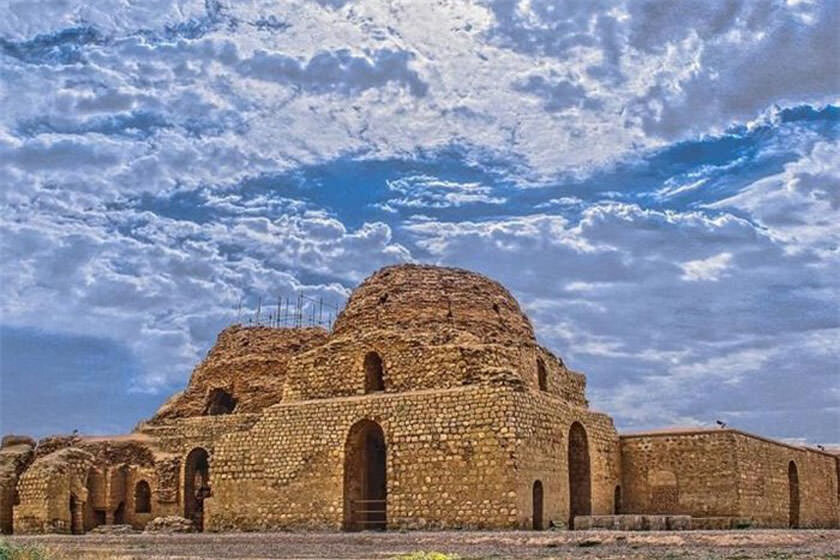Sassanid palace to be protected against moisture

TEHRAN–A solution is being formulated for a UNESCO-registered Sassanid palace in Sarvestan, Fars province, to protect its foundation against moisture, the director of the World Heritage site has said.
Due to dampness and moisture in the foundation of the palace, a comprehensive plan for protecting the palace is in preparation, Alireza Asgari explained on Monday.
A restoration project is also underway on the historical structure, he noted.
Located about 70 km to the southeast of Shiraz and very close to the city of Sarvestan, this monument is one of the most significant constructions of ancient Iran in that it displays an array of both pre-Islamic and Islamic architectural features.
The monument, along with several counterparts, is altogether inscribed on the UNESCO World Heritage list under the name “Sassanid Archaeological Landscape of Fars Region.”
The ensemble embodies political, historical, cultural, and artistic developments of the mighty Sasanian Empire (224–651), which was a leading world power alongside its neighboring arch-rival, the Roman-Byzantine Empire.
It comprises eight archaeological sites situated in three geographical parts of Firuzabad, Bishapur, and Sarvestan. It reflects the optimized utilization of natural topography and bears witness to the influence of Achaemenid and Parthian cultural traditions and of Roman art, which later had a significant impact on the architecture and artistic styles of the Islamic era.
The Sassanid era is of very high importance in the history of Iran. Under Sassanids, Persian art and architecture experienced a general renaissance.
Architecture often took grandiose proportions, such as palaces at Ctesiphon, Firuzabad, and Sarvestan, which are amongst the highlights of the ensemble.
ABU/AM
Leave a Comment